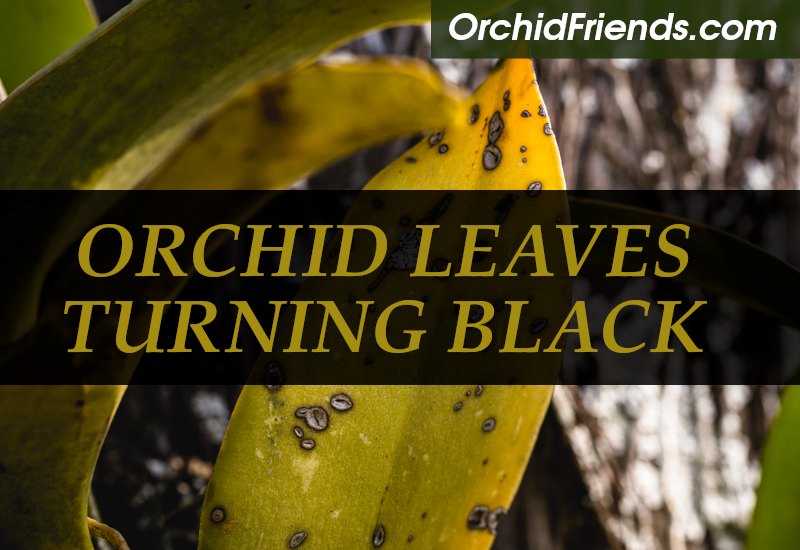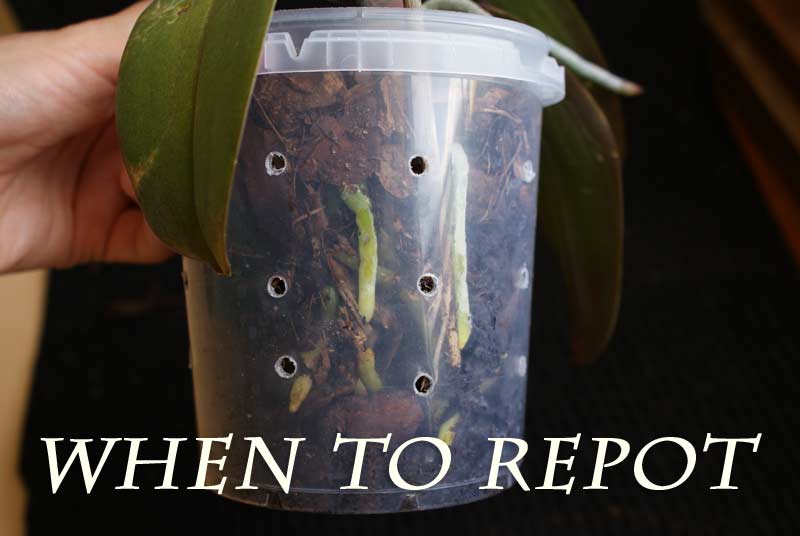
** This post is written and edited by a human being **
If your Phalaenopsis orchid’s leaves are turning black, it’s a sign that something is wrong, and it’s important to act quickly to identify and resolve the issue. Here are some possible causes for blackening leaves:
1. Overwatering or Root Rot
One of the most common reasons for blackening leaves is overwatering, which can lead to root rot. When the roots are waterlogged and unable to absorb nutrients properly, the plant starts showing signs of stress, and the leaves may turn black or yellow and eventually die.
- Solution: Check the roots for rot (they’ll appear mushy, brown, or black). If you find rotting roots, trim them away with sterile scissors and repot the orchid in fresh, well-draining potting mix. Ensure you’re not overwatering by allowing the medium to dry out between waterings.
2. Fungal or Bacterial Infection
A black or dark brown spot can be a sign of fungal or bacterial infection, especially if it’s surrounded by yellowing. Infections can spread quickly if left untreated.
- Solution: Trim off the infected areas with sterile scissors. Disinfect the scissors between cuts to prevent the spread of infection. Consider applying a fungicide or bactericide to the plant to prevent further issues.
3. Cold Damage
Phalaenopsis orchids are sensitive to temperature changes. Exposure to cold drafts, sudden temperature drops, or even cold water can cause the leaves to turn black, especially at the tips or edges.
- Solution: Keep your orchid in a location with consistent, warm temperatures (65-75°F). Avoid placing it near drafts or air conditioning units.
4. Sunburn
Although orchids need bright light, direct sunlight can scorch their leaves, causing them to turn brown or black, especially if they’re exposed to intense sunlight for too long.
- Solution: Move your orchid to a location with bright, indirect light. Consider using sheer curtains to filter the light if necessary.
5. Improper Watering or Fertilizing
Using water that’s too cold or applying too much fertilizer can lead to stress, causing blackened spots on the leaves.
- Solution: Use room-temperature water and dilute fertilizer to avoid burning the roots or leaves. Ensure you’re following proper watering and feeding schedules.
Conclusion:
Blackening leaves on orchids is a sign that the plant is under stress. It’s important to diagnose the underlying issue, whether it’s overwatering, a fungal infection, temperature damage, or excessive sunlight. By addressing the problem and adjusting care, your orchid can recover and continue to thrive.
How to Treat Black Fungus on Orchids
TIP: Read the precise guide to root health.



